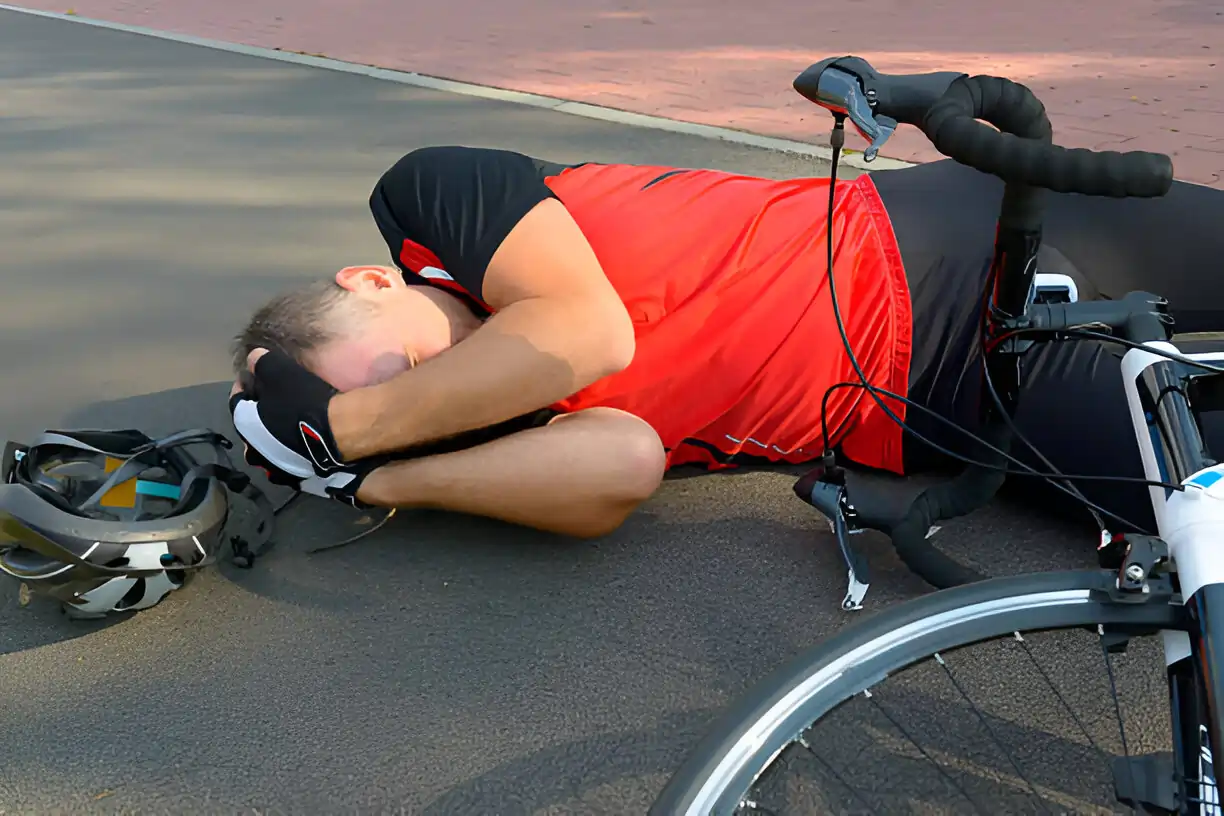Table of Contents
- Immediate Actions to Take After an Accident
- Seeking Medical Attention
- Documenting Evidence at the Scene
- The Role of Legal Assistance
- Filing Insurance Claims
- Navigating the Recovery Process
- Preventive Measures for Future Safety
Immediate Actions to Take After an Accident
Bicycle accidents can be traumatic and disorienting, especially if you’ve suffered a head injury after a bike accident. Ensuring your safety should be your priority. Move away from traffic to avoid further harm and call emergency services immediately. This initial step can prevent additional injuries and ensure medical professionals are on their way. While waiting for help, conduct a quick self-assessment to check for injuries. If you are physically able, check on others needing assistance. Providing this initial help can prevent conditions from deteriorating further while waiting for medical professionals to arrive.
Seeking Medical Attention
Head injuries can have serious, long-term effects that are not immediately visible. This makes seeking immediate medical assessment crucial, and healthcare telemedicine can provide timely consultations. Getting a comprehensive medical evaluation is vital, even if your injuries appear to be minor, to eliminate the possibility of delayed symptoms like concussions or internal bleeding. Believing you are fine and not seeking medical attention is a common mistake. Medical professionals can perform diagnostic tests to ascertain the full extent of injuries, creating a baseline for necessary treatments and legal documentation.
Documenting Evidence at the Scene
Gathering evidence right after an accident is crucial for legal and insurance claims. Take photos of the scene, including damage to your bicycle, injuries, and relevant details like skid marks or road conditions. Collect witness statements and contact information to add credibility to your case. This evidence serves as a factual record that can be used in negotiating settlements or a court of law, ensuring that your version of events is validated.
The Role of Legal Assistance
Navigating the legal landscape after a bicycle accident can be challenging, mainly when dealing with injuries. Hiring a lawyer can simplify this process by interpreting the law, managing claims, and negotiating with insurance companies. They help ensure fair compensation for medical expenses, lost wages, and other damages. Lawyers also assist with handling police reports, medical records, and other legal details while providing emotional support and increasing the likelihood of a favorable outcome.
Filing Insurance Claims
Filing an insurance claim involves thorough preparation and understanding of the process. Ensure all the evidence and medical documentation you gathered are well-organized and submitted promptly. Familiarizing yourself with the terms and conditions of your insurance policy can help avoid common pitfalls. Each insurance policy has specific guidelines and deadlines for filing claims. Awareness of these can expedite the claim process, ensuring you receive the necessary funds for medical expenses and other related costs. Maintaining thorough documentation of interactions with insurance agents and saving copies of all paperwork can prevent disagreements in the future. Understanding your insurance benefits can lead to a more seamless outcome, enabling you to concentrate on recovery.
Navigating the Recovery Process
Recovery from a head injury can be a long and multifaceted journey. It often involves various stages of medical treatment and rehabilitation, such as physical therapy, psychological support, and routine follow-ups with medical professionals. Following your healthcare provider’s advice diligently and sticking to prescribed treatments is essential. Consider accessing additional support from rehabilitation centers if needed; they offer specialized programs tailored to meet individual needs. Receiving emotional support from loved ones can significantly benefit your mental health. Sharing your experiences within support groups can offer extra coping mechanisms and strategies, helping to expedite and ease the recovery process. Remember that recovery involves both the physical healing process and the emotional and psychological well-being.
Preventive Measures for Future Safety
Using preventive measures can significantly reduce the probability of potential accidents. Always wear a helmet and use reflective clothing to improve visibility, especially at night. Adhering to traffic regulations can help shield you from unexpected accidents. Community safety initiatives can improve knowledge and encourage adopting safer cycling behaviors. These programs frequently provide valuable advice and training sessions on navigating roadways securely. Purchasing top-notch safety equipment, such as helmets and padded clothing, can offer extra protection.
